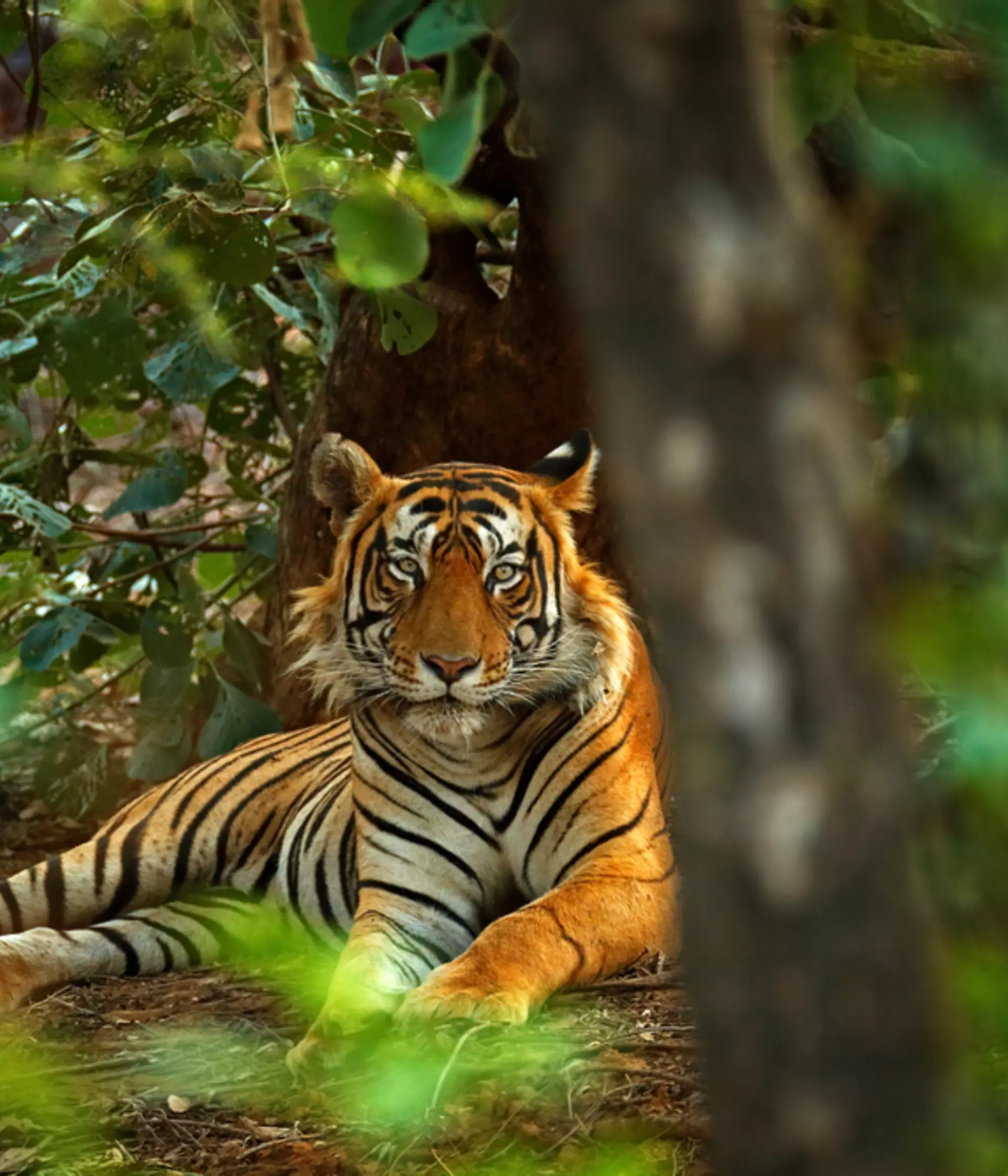A groundbreaking study suggests considerable progress has been made in curbing the trade of big cat-derived products in South Korea – highlighting a major success for conservation action to protect these endangered species. This achievement however comes with a warning of the ongoing risk of small-scale illegal trade within the country.
Published today (15 May 2024) in PLOS ONE, the study led by us, UCL and the Tiger and Leopard Conservation Fund in Korea (KTLCF) suggests that South Korean trade in big cats and their body parts – including Critically Endangered Sumatran tigers and Amur leopards – has significantly reduced since the early 1990s, when the country was one of the main manufacturers of tiger bone derived products.
A success for tackling the illegal wildlife trade
Attributed to well-implemented trade bans, consumption changes resulting from South Korea’s rapid economic growth and decreased social acceptability of such trade, the reported decline provides hope and vital insights for tackling unsustainable wildlife trade across the globe.
Joshua Elves-Powell, lead author and dual researcher at our Institute of Zoology and UCL explained: “Our work offers a reason for optimism – just 30 years ago, South Korea was one of the world’s most important markets for tiger bone, with around 750 skeletons worth of bones imported into the country between 1970 and 1993. Ending this large-scale and deeply unsustainable trade is a major conservation success. At the same time, it’s clear that action is needed from the South Korean government to address the small-scale, illegal trade that persists to this day, yet remains largely overlooked.”
Joshua added: “Overexploitation for body parts – for a range of uses including within some traditional Asian medicine (TAMs) and as status symbols – sits alongside habitat loss as a key reason that many big cat species are under threat. For example, Critically Endangered Amur leopards are native to South Korea – alongside regions of China and Russia – but by 1970 they had been hunted to extinction within the country.”
South Korea joined CITES in 1993 and introduced a commercial trade ban the following year, making the trading of tiger bone illegal. None of the 14 experts interviewed for the study reported any evidence for ongoing large-scale trade since this ban, including by criminal organisations.
Ongoing work to tackle unsustainable trade
However, with incidents of small-scale trade still occurring, tiger bone wine – along with tiger and leopard skins – persist as the items of most concern for illegal trade since the 1994 ban.
The researchers have flagged three key areas of concern. Firstly, multiple open attempts to sell big cat-derived products online in South Korea were identified. This mostly took the form of individuals advertising old bottles of tiger bone wine, claiming to have inherited or been gifted the products prior to the trade ban. However, the researchers note that such sales are still illegal under South Korean law.
Secondly, between 1994 and 2016 customs officials in the USA and New Zealand intercepted several illegal imports of big cat products from South Korea, with one case involving 1200 tiger-derived ‘traditional medicine’ products. However, the researchers note that further trade may be ongoing elsewhere, as the USA and New Zealand are some of the few countries to publicly report illegal trade to CITES.
Secondly, between 1994 and 2016 customs officials in the USA and New Zealand intercepted several illegal imports of big cat products from South Korea, with one case involving 1200 tiger-derived ‘traditional medicine’ products. However, the researchers note that further trade may be ongoing elsewhere, as the USA and New Zealand are some of the few countries to publicly report illegal trade to CITES.
Finally, tour companies have reportedly taken South Korean tourists visiting Thailand and Vietnam to sites illegally selling tiger-derived products and encouraging tourists to buy them – underscoring the need for tour operators to fully comply with local wildlife legislation.
Lessons for protecting wildlife globally
Joshua added: “There’s still more progress to be made, but current evidence suggests a major shift around public attitudes to trade. Despite the long history of using and trading big cats in Korea, including for traditional medicinal practices, these recent changes highlight how strict bans can help reduce demand by introducing a social stigma towards trade. This is especially effective when accompanied by increased public concern and decreased social desirability of wildlife products.”
Joshua also highlighted the global implications of the study: “Several recent reports of big cat trade linked to South Korea involved foreign nationals trying to smuggle products from Africa and the Russian Far East through Incheon International Airport. Here in the UK, we have some of the most well-connected airports in the world – and as hubs for international travel, vigilance at these sites is key to catching the illegal movement of wildlife across borders. By directly intercepting illegal trade– coupled with policies and initiatives to reduce demand – we can tackle this global threat to wildlife.”
The research is part of ZSL’s wider work protecting big cat species across the globe – such as contributions to the international roadmap to end tiger farming, and community engagement in India and Nepal to reduce conflict between people and wild tigers. Meanwhile, ZSL’s two conservation zoos, London and Whipsnade Zoo, are part of breeding programmes for several threatened big cat species, including for Sumatran tigers and African lions.
From tackling the illegal wildlife trade to restoring habitats, as the original science-led conservation charity we are leading a fight for wildlife across the globe. Together we can make a difference, join us on our journey to build a better future.
